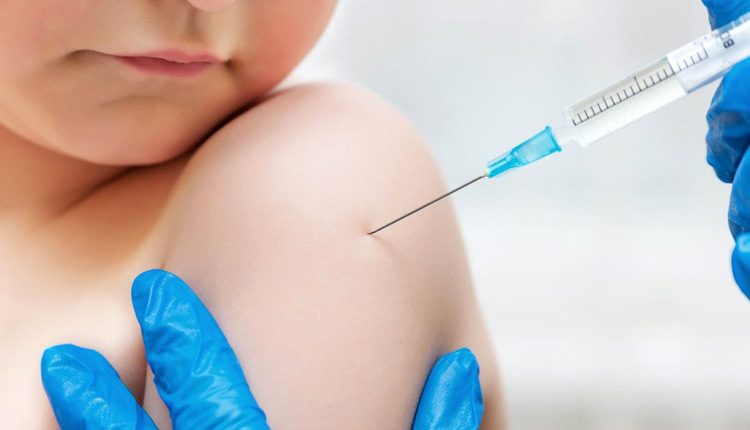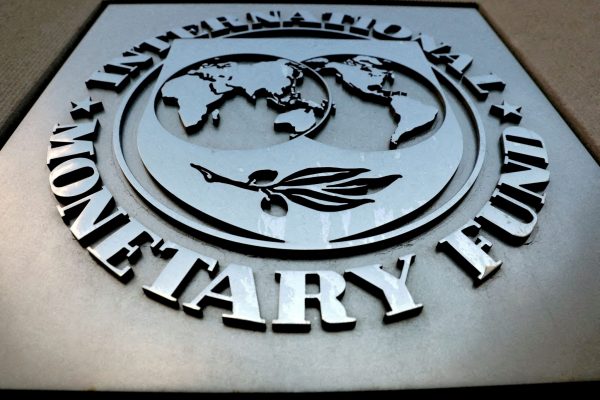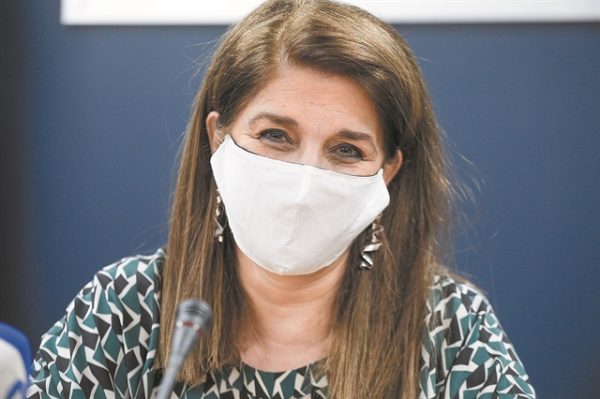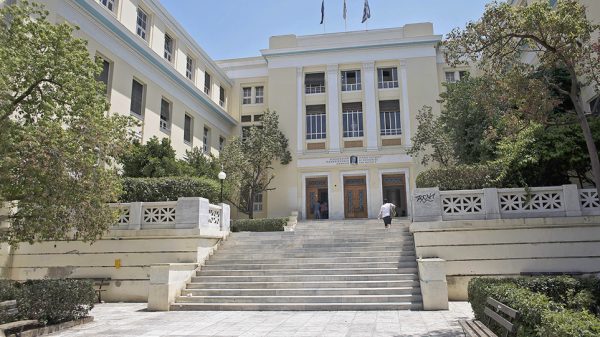
The new chapter of the “Freedom” campaign will be implemented from tomorrow for the voluntary vaccination of adolescents aged 15-17, after the necessary consent of the parents.
The professor of Pediatric Infectious Diseases, member of the Committee of Experts and the National Vaccination Committee, Vana Papaevangelou, analyzes in an interview with “NEA” newspaper all the latest data and the catalytic role of the Delta mutation that led to this decision.
Are Vaccines Safe for Teenagers? Cases of myocarditis and pericarditis are of concern to some parents. What do you advise them?
Today we can answer this question with more certainty. A few weeks ago, the FDA and EMA then approved the vaccination of adolescents aged 12-17 years based on a clinical study (Frenck RW et al. NEJM 2021) involving approximately 2,500 adolescents. At that time, the National Vaccination Committee (NSC) reserved the right to suggest the start of vaccination of adolescents in our country in order to have more data from the application of vaccinations in clinical practice. Today, 6 million adolescents have been vaccinated in the United States alone, and many other countries have begun vaccinating adolescents, such as Canada, Israel, and Germany. It is becoming clear that the EU, responding to the new challenges of the pandemic, always suggests that the main focus is on the safety of the population, carefully reviewing the epidemiological data and the substantiated scientific knowledge.
On June 23, the U.S. Vaccination Committee (ACIP) reviewed all safety data from Pfizer vaccine in adolescents 12-15 years of age (6 million doses) and compared it with data from adverse reactions in young adults 16-25 years of age. (total 21.6 million installments). Both local (edema, pain at the injection site) and systemic side effects (headache, nausea, vomiting, dizziness) were similar in both age groups. Regarding the cases of myo-pericarditis that have been reported after vaccination with the coronavirus vaccine, they report that it is an extremely rare complication (estimated to affect about 18 cases / 1 million vaccinated) that has a mild and self-limiting character. It occurs mainly in males aged 16-24 years usually 4-7 days after the 2nd dose of the vaccine.
What is the recent decision of the National Vaccination Committe, for the vaccination of 15-17 year olds, based on?
Primarily on the expected benefit to the teens themselves. Although we know that children get sick less often than adults and that most of them have a mild illness, a recent US publication showed that 12-17 year olds are 2.5-3 times more likely to be hospitalized for coronavirus compared to the common flu. Three in 10 adolescents needed ICU admission. In fact, these data refer to the first months of 2021, when the restrictive measures were in force in the USA, ie the schools were often closed and everyone complied with the personal protection measures (mask, distances, and hand hygiene). This means that the morbidity of adolescents from coronavirus is significantly higher than that of seasonal flu.
We also considered the role of adolescents in transmitting the virus and spreading it in the community. We know that teenagers transmit much more than younger children, but also that they show significantly more mobility and more social contacts. Finally, we took into account the importance for these ages for the smooth educational process during the next school year.
Is vaccination contraindicated in adolescents with health problems – e.g. allergies?
The same goes for teenagers as for adults. Only people with a known allergy to polyethylene glycol (PEG) or polysorbate are contraindicated. PEG is a component of various cosmetics and laxatives administered before digestive tract endoscopies. A previous history of allergy to inhaled allergens, food or medicine has not been associated with COVID-19 vaccination rash. Adolescents with underlying diseases should be vaccinated as a matter of priority for their personal protection.
What will apply to adolescents 12 years of age and older with chronic illness? Who are considered high risk individuals?
According to a recent US study, of the approximately 200 adolescents 12-17 years of age who needed to be treated for COVID-19 infection, 7 out of 10 had an underlying disease. The most common underlying diseases included obesity, chronic respiratory diseases (such as asthma) but also chronic neurological diseases. The EUSR examines the morbidity data of adolescents from both the international literature and the data in our country, in order to suggest which adolescents 12-15 years old should not be vaccinated due to an underlying disease.
More and more scientists around the world describe the child population as “unprotected”, as it is unvaccinated. What is your opinion after the confluence in kindergartens and camps? Is the Delta mutation a danger to children?
The Delta mutant is known to be a highly contagious strain of the virus that has the potential to spread rapidly and efficiently, causing outbreaks. We do not yet have documented data regarding the morbidity of patients (children and adults) with Delta mutation. In other words, we do not know whether patients with Delta mutation will present with a milder or more severe clinical picture.
But it makes sense that, as the proportion of adults vaccinated increases, children and adolescents will make up a significant proportion of the vulnerable population. Recent data from Israel, where a large proportion of adults have been vaccinated, show that 52% of new cases are in people under 19 years of age.
Latest News

Poll: Greeks, EU Citizens Eager to Vote in European Elections
EU citizens are eager to vote in the upcoming elections for the European Parliament in June, with eight in 10 saying the current geopolitical situation makes voting imperative

Mitsotakis-Erdogan Meeting in Ankara Fixed for May 13
The Greek PM himself made the announcement from Brussels on Thursday, while he also responded to a question on Athens' intent to create a marine park in the central Aegean, an environmental initiative

Greece Aims to Boost Energy Capacity, Economy with Offshore Wind Farms
Greece’s Energy Ministry is pushing legislation to accelerate the construction of the first floating wind farms in Greek seas

Reuters: Greek Economy Surges After Decade of Pain
Nevertheless, the article also highlights some of the challenges facing the country, with a falling birthrate and labor shortages posing a threat to the long-term outlook

IMF: Greek Growth in 2024 at 2%; Debt to Ease to 158.8% of GDP This Year
Projected consumer prices are forecast to rise by 2.7%

Major Increase in Russian Natgas Imports by Greece in 1Q 2024
Russian state natgas exporter Gazprom dominated imports to the country, mostly through the overland pipeline entering via a northern frontier pipeline

Lamda Development Announces First Profitable Year for The Ellinikon Project
The ATHEX-listed developer reported 206 million euros in EBITDA for FY23, a 69%-percent increase from 2022 results

Europa Nostra Adds Sifnos, Serifos, Folegandros to Most Endangered List
Europa Nostra says three Greek islands are at risk due to surge in tourism development and rampant construction

EU Cracks Down on Social Media Influencers Making Illegal Profits
A recent EU inquiry uncovered 358 online influencers, among them 20 in Greece, found to be violating consumer laws

Greek PM Announces €2 Billion Decarbonization Fund for Greek Islands
Greece bolstered its drive for a greener economy with the launch of a €2 Billion Decarbonization Fund for the Greek islands

























![Αυτοκινητόδρομος Ε65: Αθήνα – Τρίκαλα σε 3 ώρες το Πάσχα [χάρτης]](https://www.ot.gr/wp-content/uploads/2024/04/E65_kentrikiodos.gr_-90x90.jpeg)


















